Like most small private universities, Stevenson anxiously awaits the next few academic years with a close eye on its finances.
The good news is that the state of Maryland reinstated Sellinger funds for the 2025-26 academic year, which means about $8.8 million of Stevenson’s overall budget will be delivered by the state to help cover tuition for Maryland residents attending the university.
Still, Stevenson administrators are keeping a close watch on federal policies, job uncertainty in the state and the dreaded “enrollment cliff.”
State-sanctioned
The Maryland Sellinger Program is a grant program that provides financial aid to independent colleges and universities, including Stevenson University. Students who are residents of Maryland are eligible to receive financial aid from this program.
For fiscal year 2026, Stevenson will receive approximately $8.8 million in Sellinger funding, up from $6.2 million in 2022. The university did not provide documents for 2024 and 2025, nor could they specify the exact number of Maryland residents attending Stevenson who currently benefit from Sellinger funds.
However, based on past tax filings, Sellinger’s $8.8 million would make up about 5% of Stevenson’s overall budget, which in 2023 was $158 million. The university was unable to provide specific data for the coming fiscal year, which begins July 1, 2025.
In February, the state of Maryland passed the Budget Reconciliation and Financing Act and subsequently threatened to cut Sellinger funding in half.
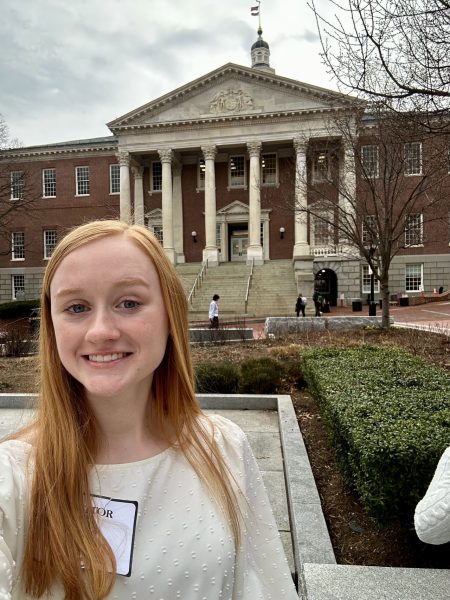
On Thursday, Feb. 7, Stevenson University students traveled to Annapolis, where they helped Governor Wes Moore and other Maryland colleges advocate for a full restoration of funds.
“I think it’s important to be able to advocate. A lot of students don’t even know what an impact the Sellinger program has on their college tuition and the scholarships that they receive,” second-year Elin Lindstrom said.
Their efforts proved successful, as a budget proposal that included full Sellinger funding was passed on April 7. Vice President of Student Affairs Andre Williams shared the good news with the university last month in an email.
“To date, Stevenson alone—including students, faculty, staff, alumni, and many friends and supporters–has coordinated approximately (10,000) communications to our state legislators asking that they support the (governor’s) budget, which includes fully funding Sellinger for 2026. We are proud of the strength of our Stevenson community’s response,” Williams wrote.
However, the implications of drastic cuts to the program remain feasible in coming years.
Federal-sanctioned
On March 20, President Donald Trump signed an executive order to dismantle the Department of Education, a federal agency designed to improve the quality of education and provide support to educational institutions.
The executive order was issued intending to return authority over education to the state. While the Department of Education issues about $100 billion in student loans per year, funding is not likely to cease, but instead, may come from another federal agency.
In addition, the Department of Government Efficiency, led by Elon Musk, has begun to gut federal agencies. More than 55,000 federal workers have been officially laid off since the start of President Trump’s second term. Nearly 10 percent of the entire Maryland workforce in 2024 were federal workers.
Governor Wes Moore has addressed the severity of the issue by starting initiatives to support fired federal employees in finding work.
Third-year D’annccie Thurston expressed concern for the negative implications this downsizing effort might have on an entire demographic that she is a part of. According to the government’s public data as of September of 2024, Black individuals make up 18.5% of the federal civilian workforce.
“These government jobs were the number one way for black people to build wealth and provide for their families, and now all of that will be undone in one generation,” Thurston said.
Thurston’s mother, who works in the procurement branch of the IRS, was forced into early retirement, which has spiraled into even more uneasiness about her ability to pay off the student loans of both Thurston and her brother.
“This means she isn’t getting nearly as much as she used to so she’ll struggle with mortgage and other monthly bills but also paying back the loans,” Thurston said.
Like other students who rely on the income of their families to pay for their education, Thurston is anxious about her future.
“If I’m ever struggling financially, I no longer have the safety net of knowing my mother is paid well enough that she can cover me for small expenses,” Thurston said.
For the most part, the uncertainty behind her mother’s search for a job has left Thurston with limited options.
“I could take a loan independently but that would cripple my financial future and make it harder for me to get loans in my future which would be bad because I need to go to graduate school,” Thurston said.
Enrollment cliff
Between the years of 2007 and 2009, the economy experienced a period of financial market decline, known as the Great Recession. Subsequently, there was a significant decline in birth rate. This means that in the coming decade, there will be a projected drop in college enrollments, as the children born during the recession become high school seniors.
“The impact of this is economic decline,” Jeff Strohl from Georgetown University told NPR in a January interview.
In the same story, NPR cited economic reports that indicate the number of 18-year-olds in the U.S. will decline by 13-15% over the next 15 years.
Stevenson University is planning for this “enrollment cliff” by focusing on recruitment. This includes making the school as attractive as possible to prospective students and bringing them to tour the campus. New projects such as the East Campus athletic fields, the Zaffere Library and the Berman Family Performing Arts Center — scheduled to open in fall 2026 — are a big part of those tours.
“Touring, we have learned, is a great predictor of a student’s likelihood to apply and enroll, so offering numerous opportunities to do this is critical to tackling the challenges of the enrollment cliff,” Stevenson spokesperson John Buettner wrote in an email response to an interview request by the Villager.
*Sellinger reports can be found on the Maryland Independent College and University Association (MICUA) website*


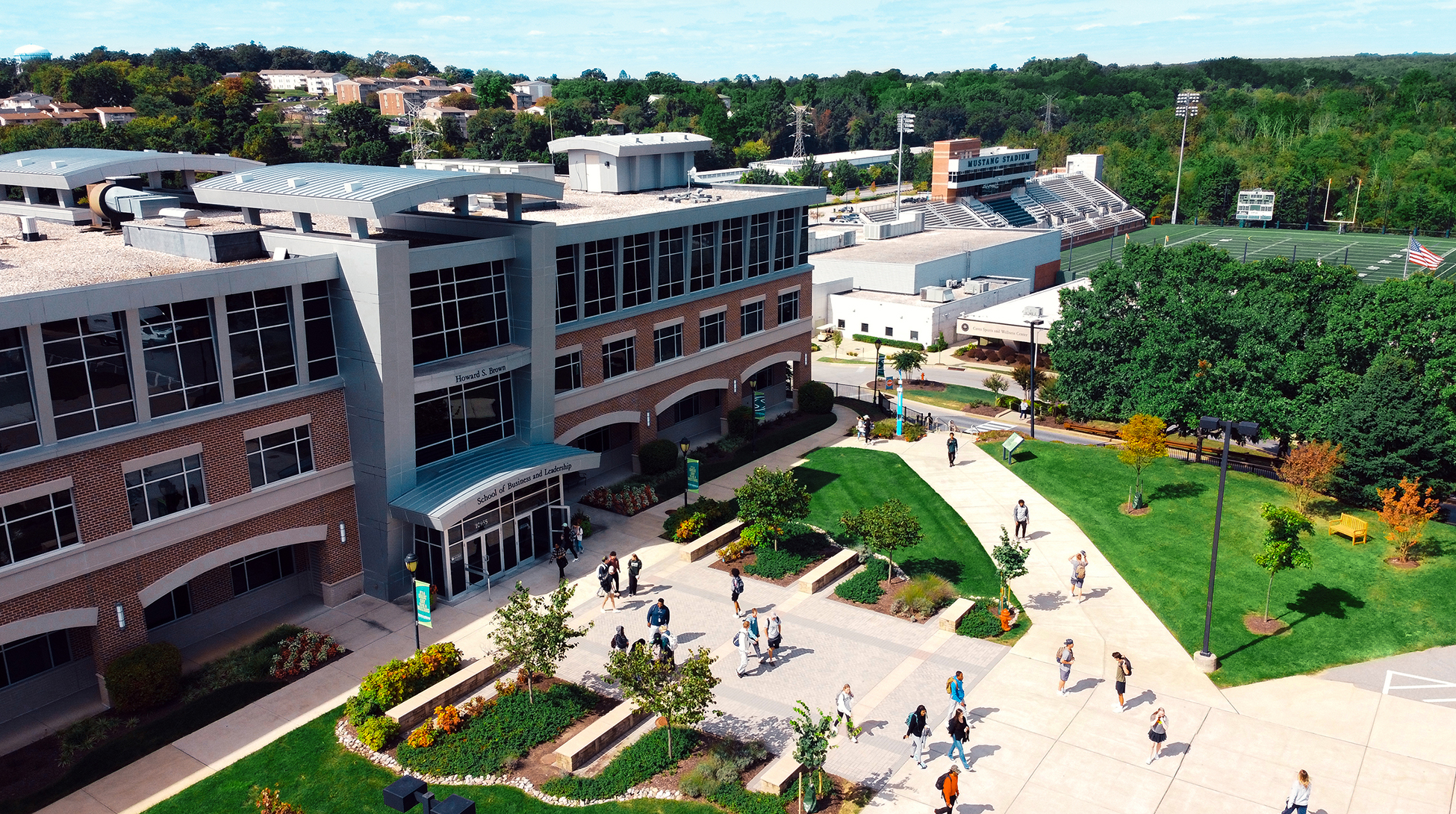

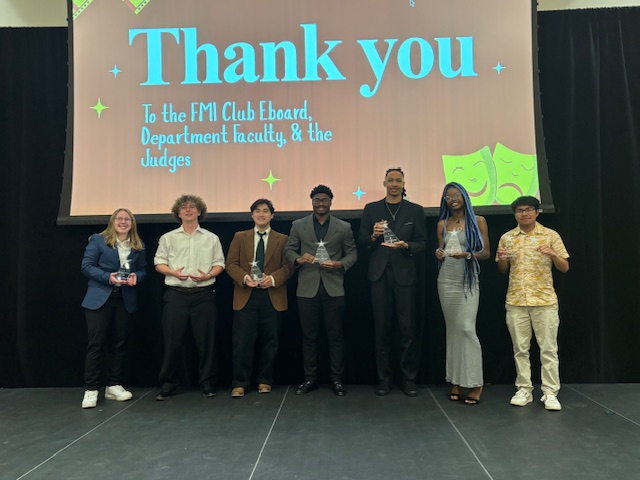


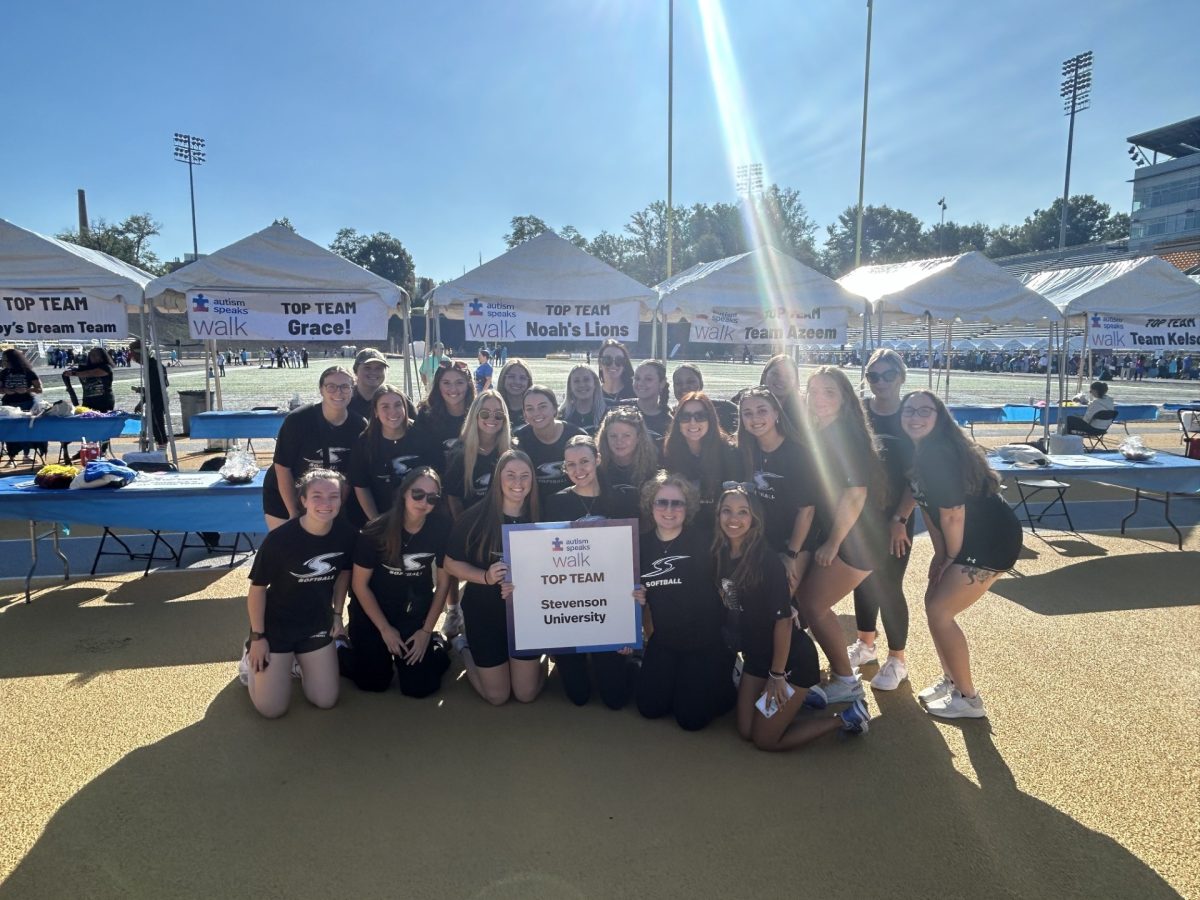

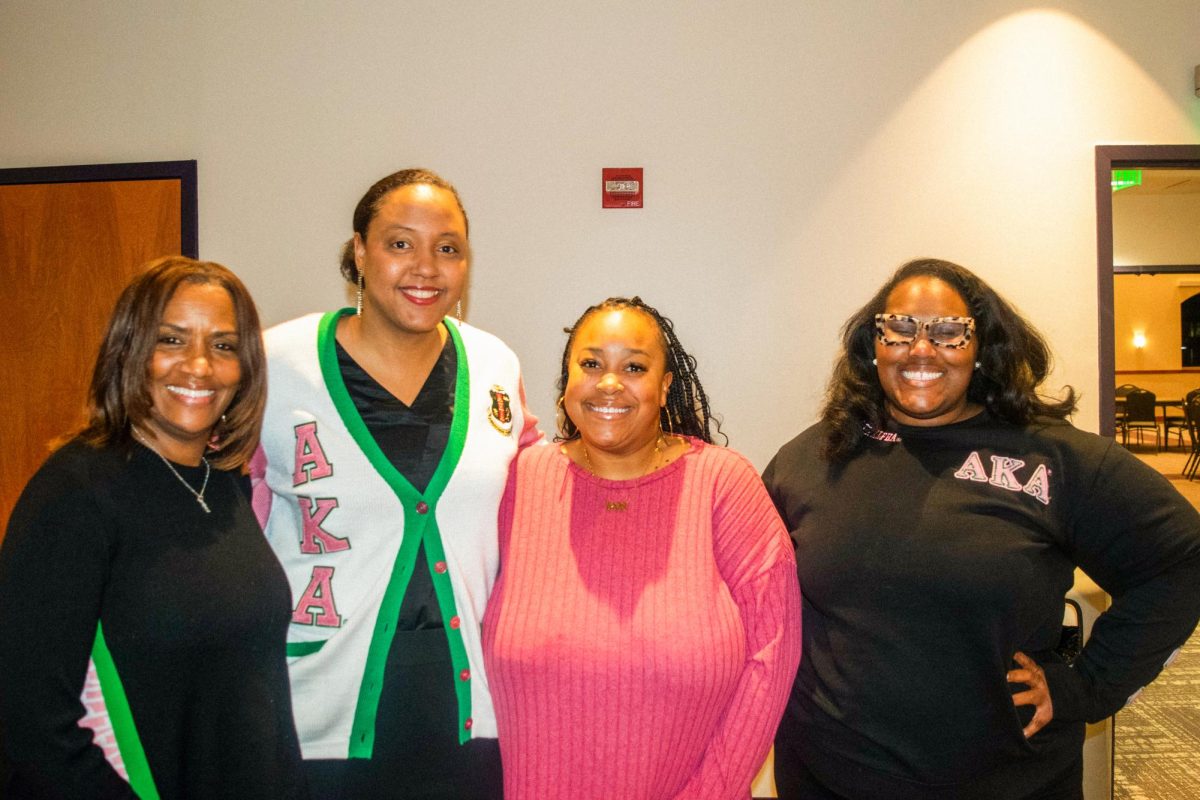
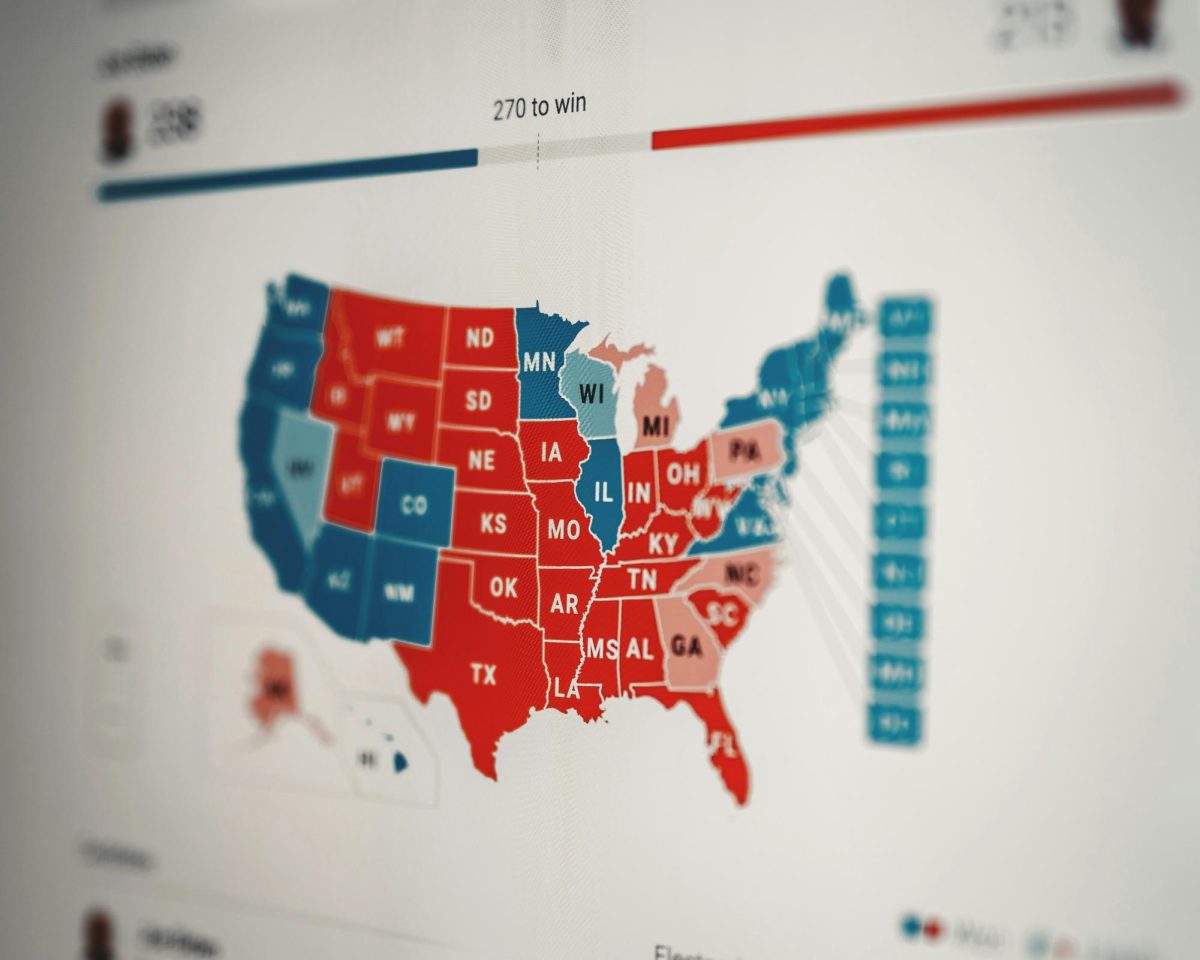






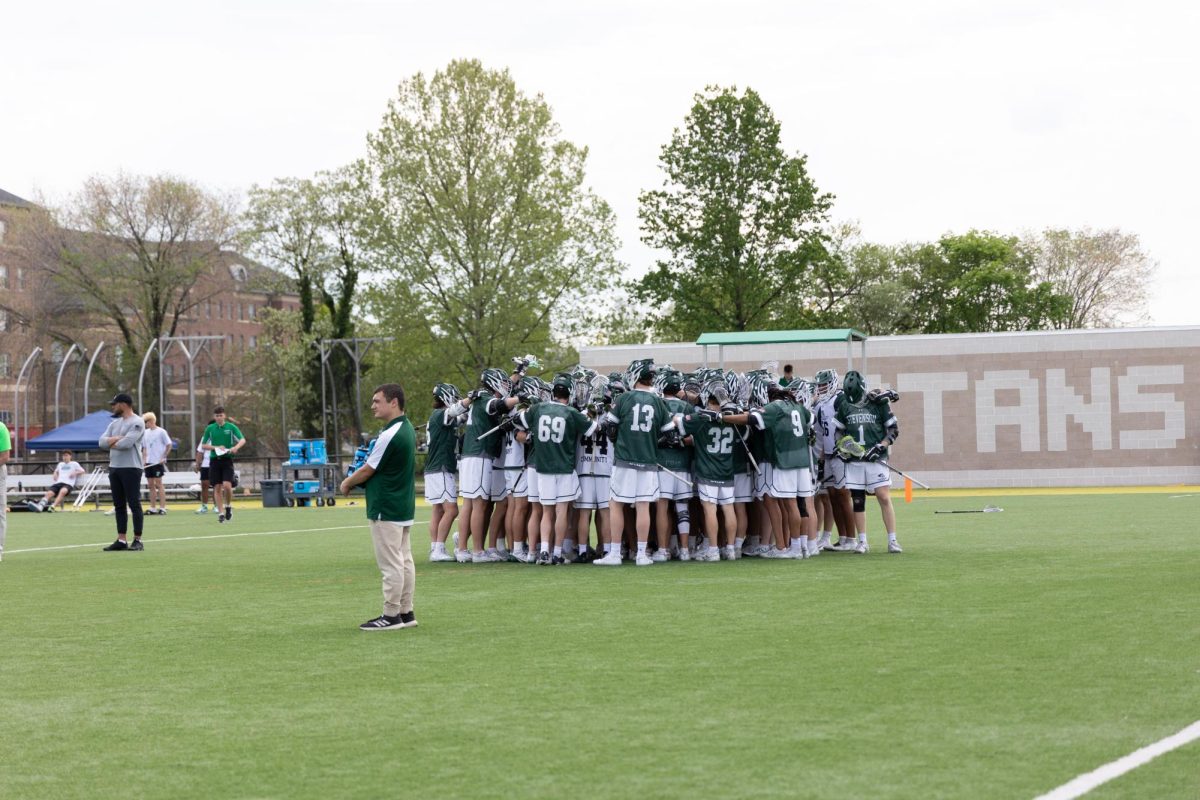


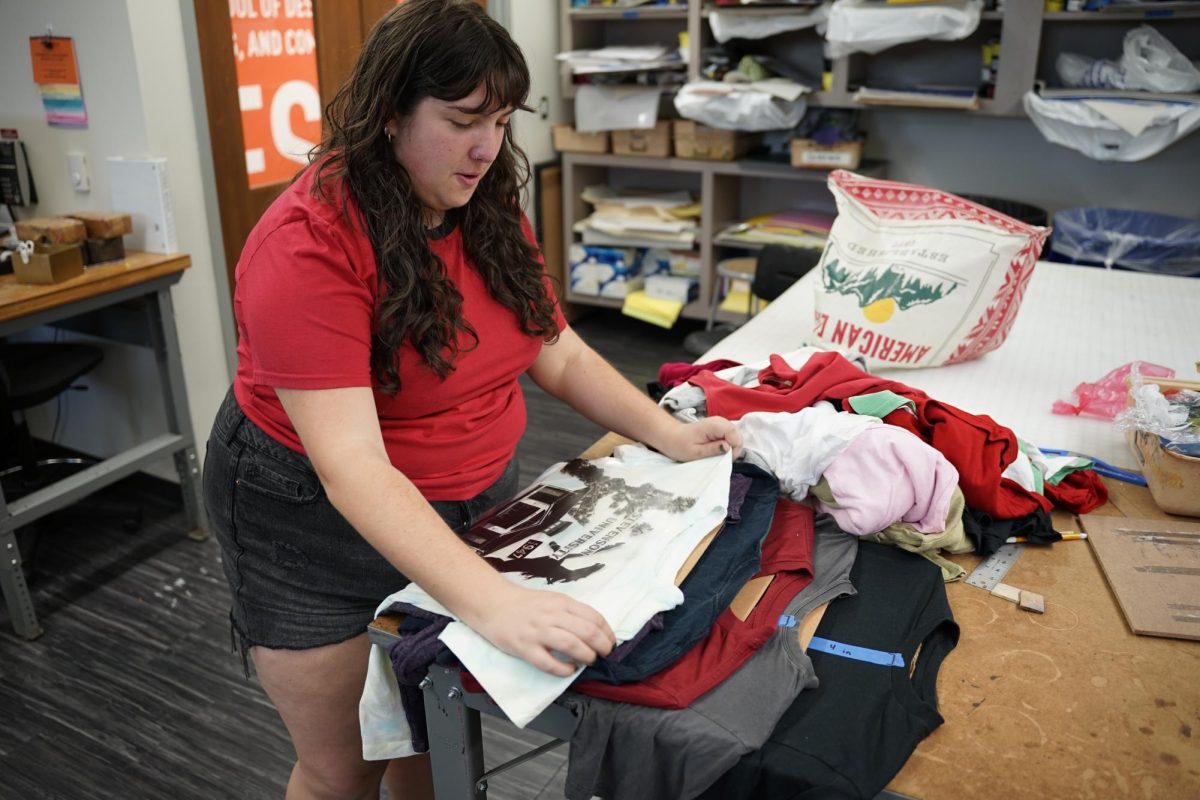


Jeffrey Browne • May 21, 2025 at 1:57 pm
A really thoughtful analysis with thorough reporting.